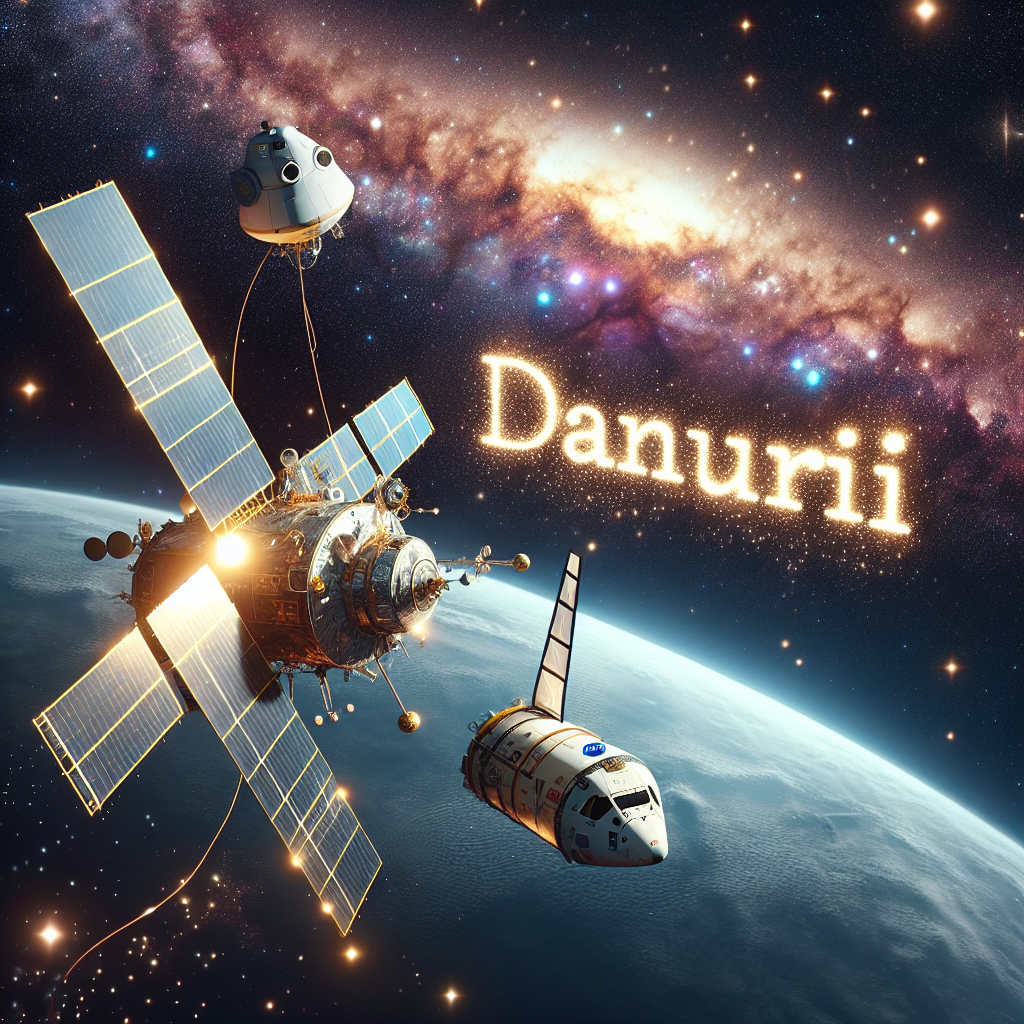India's Chandrayaan-2 Avoids Collisions with NASA and Korean Orbiters

Introduction to the Maneuvers
In a dramatic demonstration of international cooperation, India's Chandrayaan-2 moon orbiter recently executed precise maneuvers to evade potential collisions with other lunar orbiters. The Indian Space Research Organisation (ISRO) confirmed that the spacecraft's orbit was adjusted not once, but twice, to avoid orbital paths intersecting with Korea's Danuri, also known as the Korea Pathfinder Lunar Orbiter (KPLO), and NASA's Lunar Reconnaissance Orbiter (LRO).
Details of the Orbital Adjustments
These deft maneuvers are critical as all three orbiters have trajectories passing over the Moon's poles. The first adjustment was made on September 19, 2024, ensuring a safe distance from Korea’s Danuri. This was crucial as both Chandrayaan-2 and Danuri perform surface mapping and thermal imaging at approximately 100km above the lunar surface, with a specific focus on identifying and analyzing water and ice deposits. The second maneuver was executed on October 1, to steer clear of a potential intersection with NASA's LRO, which follows a highly elliptical orbit averaging 50km altitude.
Implications and Challenges
The necessity of these avoidance maneuvers highlights the increasing complexity of space traffic management. With three spacecraft operating in close vicinity without standardized collision protocols, collision avoidance has become a delicate dance of coordination among NASA, ISRO, and the Korea Aerospace Research Institute (KARI). According to KARI, collision alerts had been frequent, amassing over 40 warnings between early 2023 and mid-2024 alone. Managing these maneuvers demands fuel and temporarily halts scientific missions, leading to diplomatic negotiations over who should execute these maneuvers.
Strategic and Scientific Value
The Chandrayaan-2 mission, despite these challenges, continues to be a vital player in lunar exploration, offering valuable insights into the Moon's surface properties and its potential resource deposits. By conducting comprehensive surveys and thermal imaging, these orbiters contribute significantly to our understanding of lunar geophysics, paving the way for potential resource utilization plans. Both Chandrayaan-2 and Danuri are pivotal in this ongoing quest, establishing baselines for future landings and long-term human presence on the Moon.
Conclusion
The recent maneuvers by Chandrayaan-2 underscore the importance of international collaboration in space exploration, especially as the number of spacecraft orbiting our celestial neighbors continues to grow. Advances in collision avoidance strategies and cooperative space policies will be essential as multiple nations and private players aim for exploration and resource extraction missions. Such diplomatic and technical efforts represent forward-thinking steps necessary to manage increasingly crowded lunar orbits, ensure scientific returns, and safeguard multi-national assets in space.




